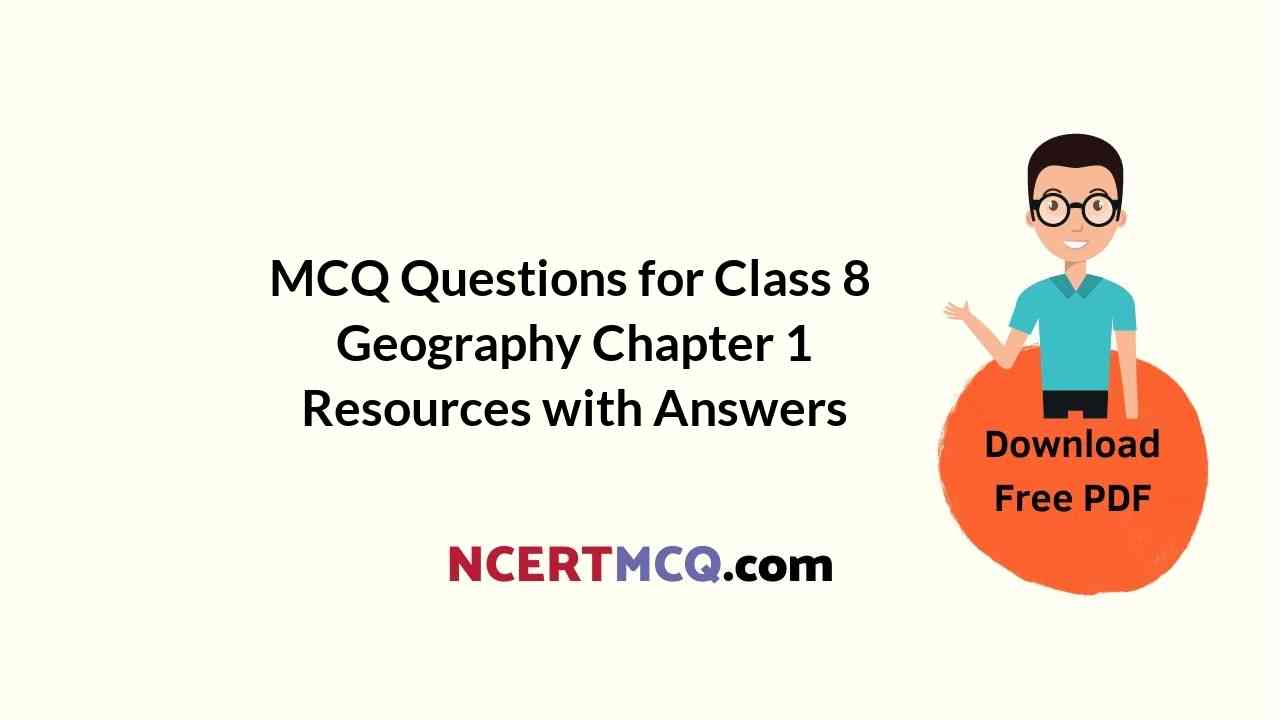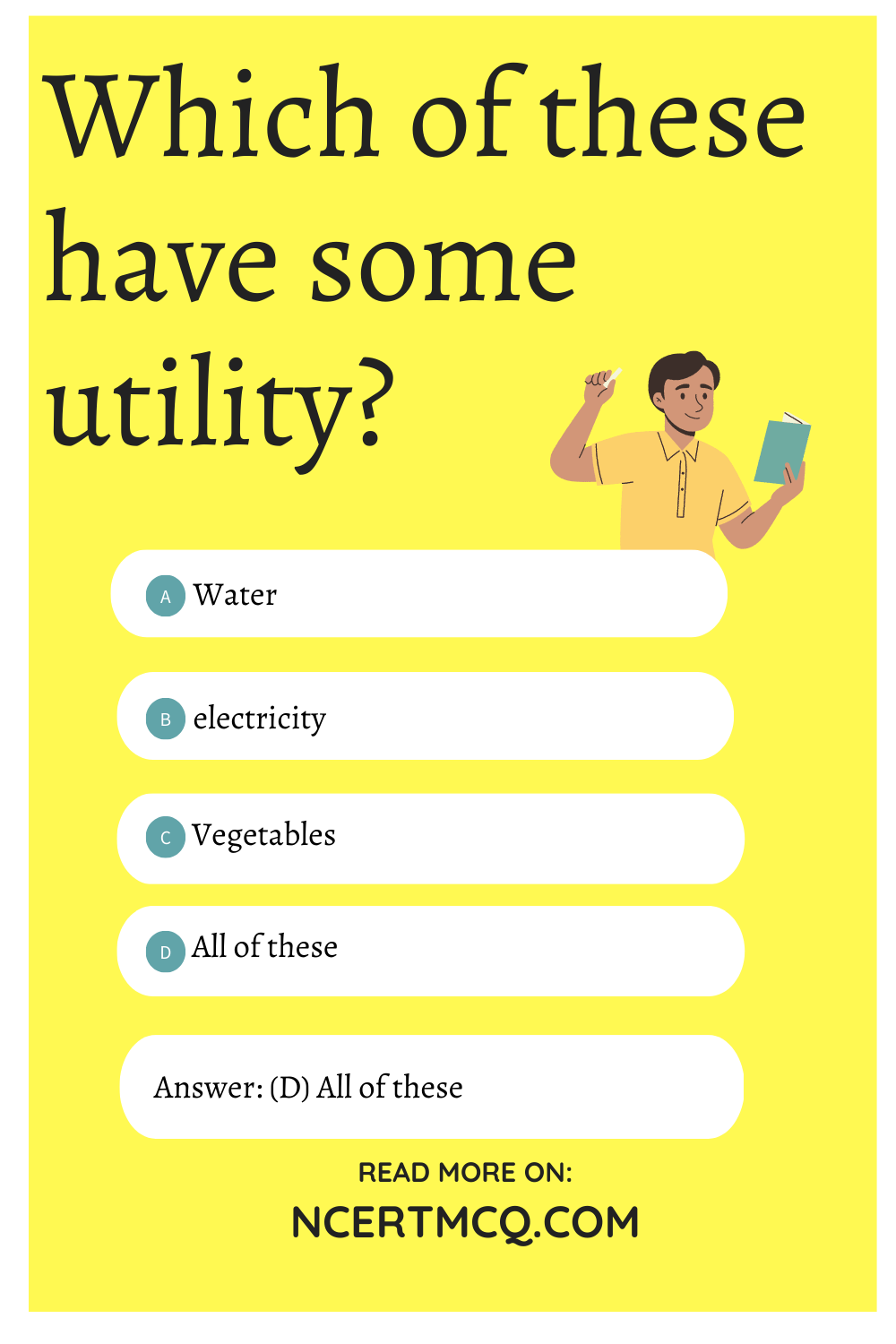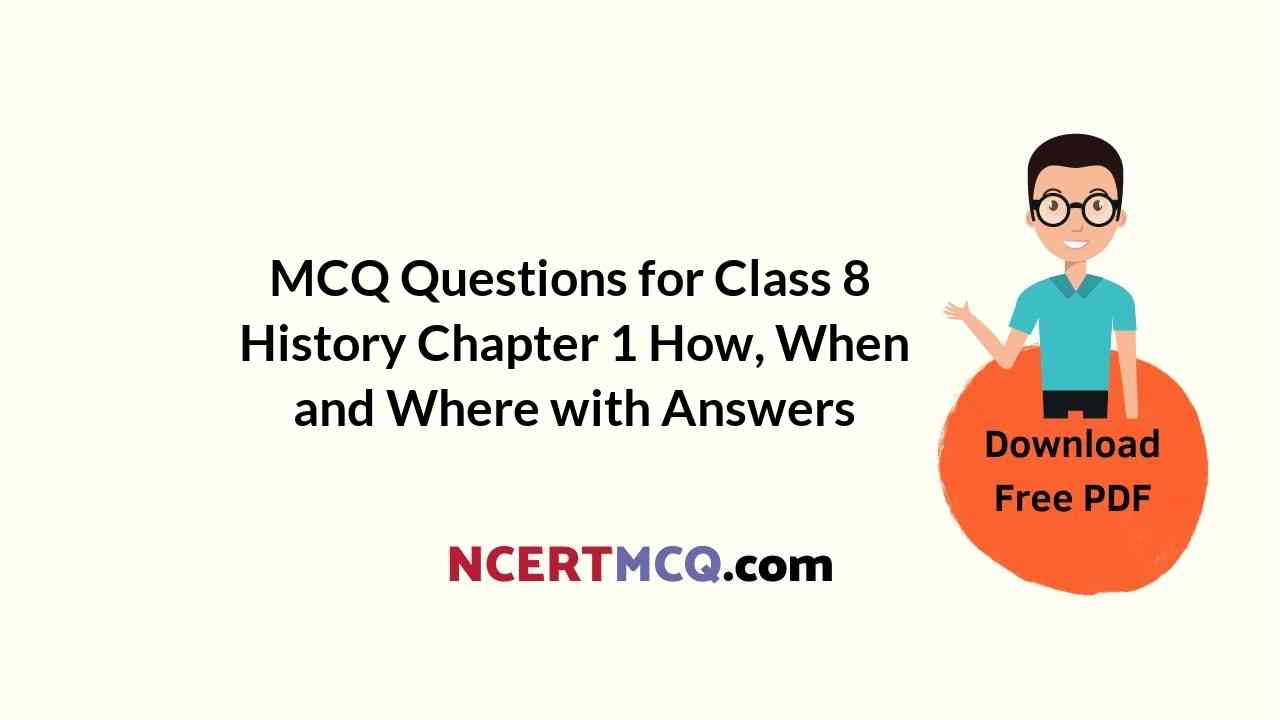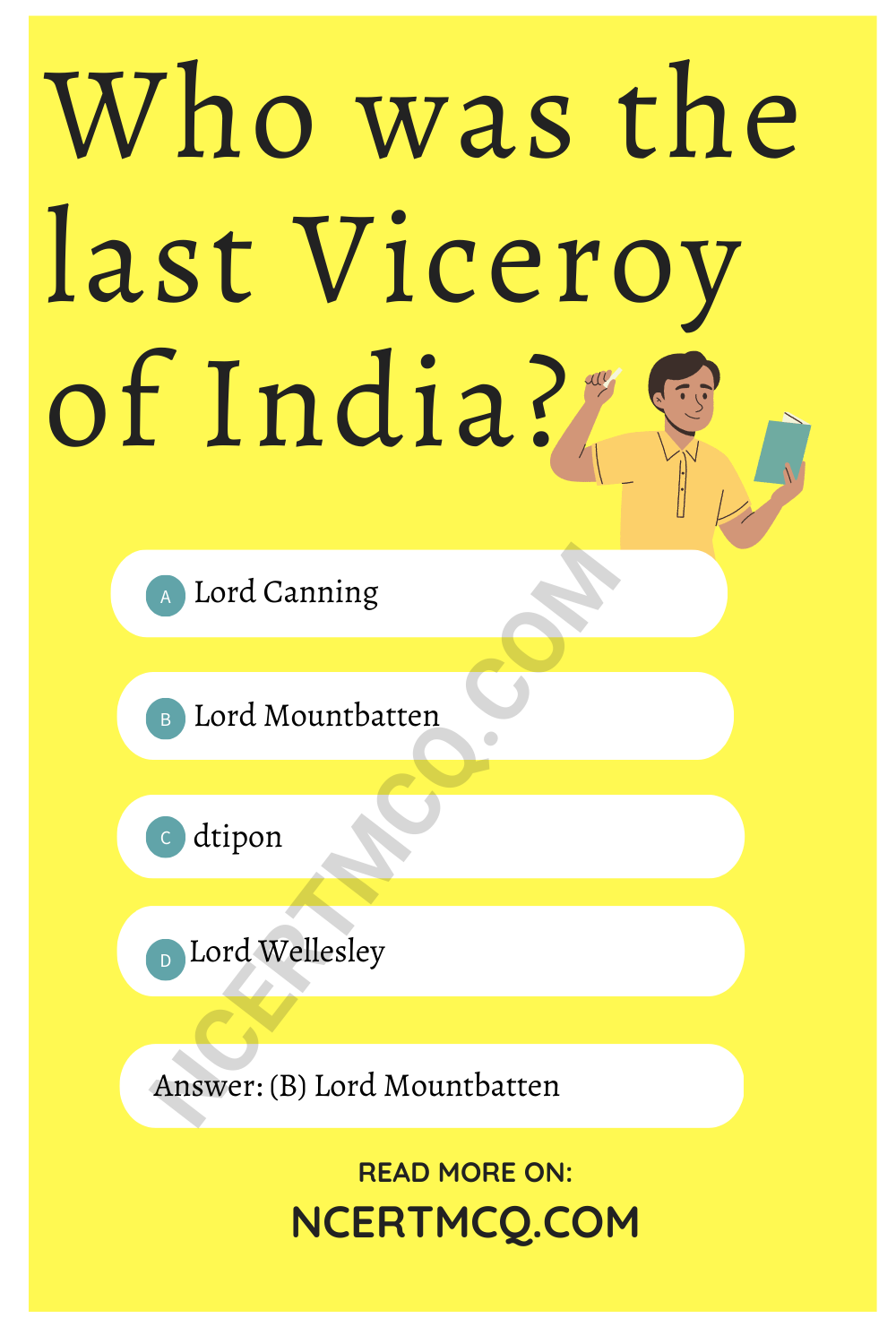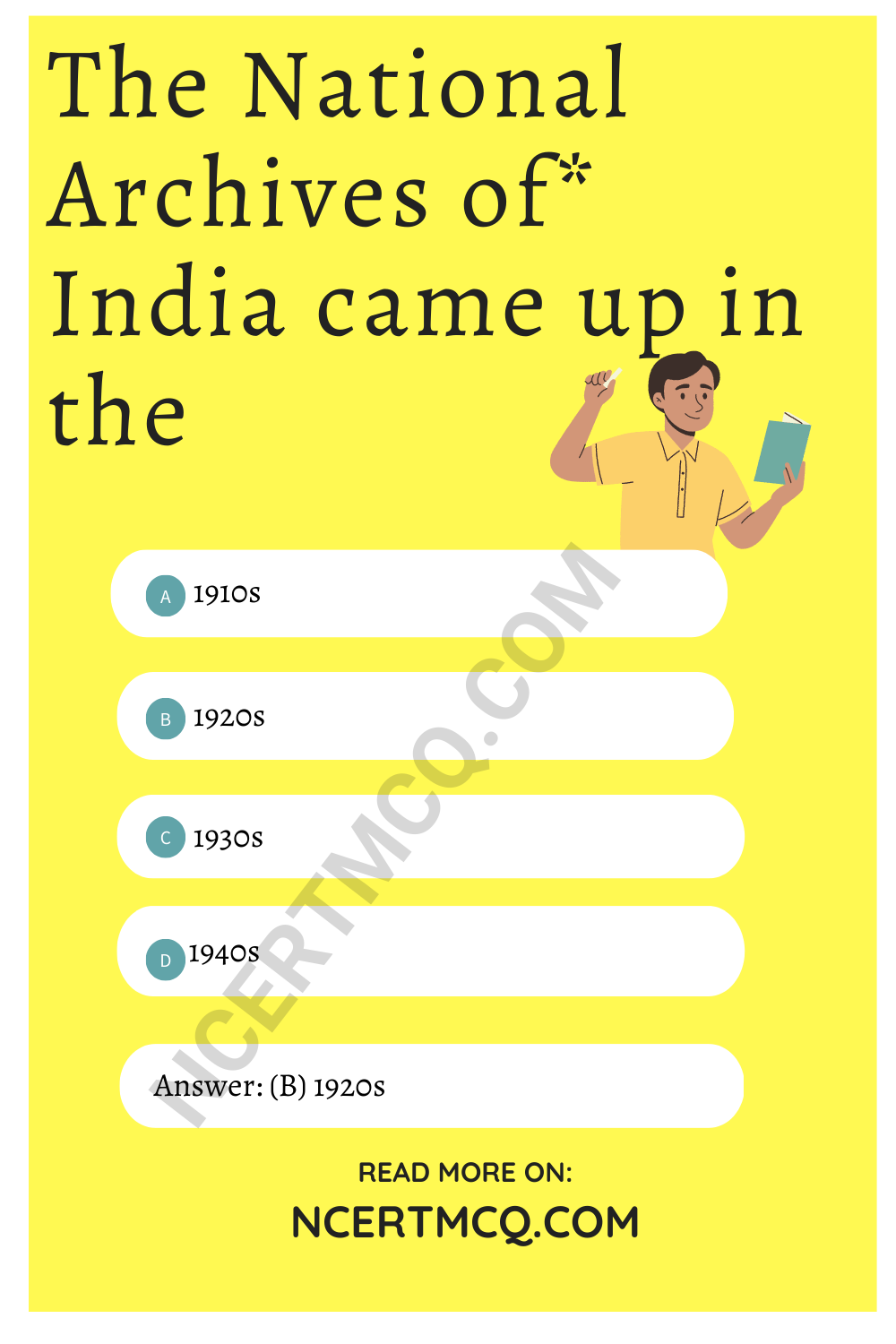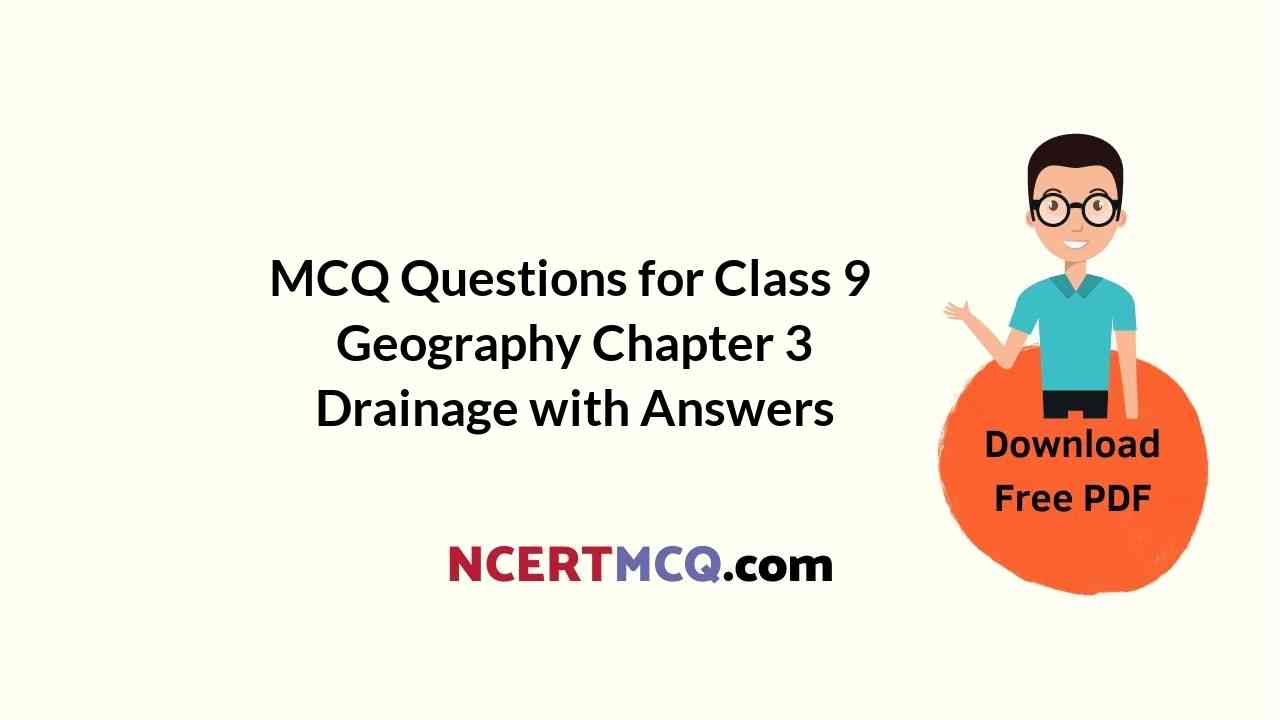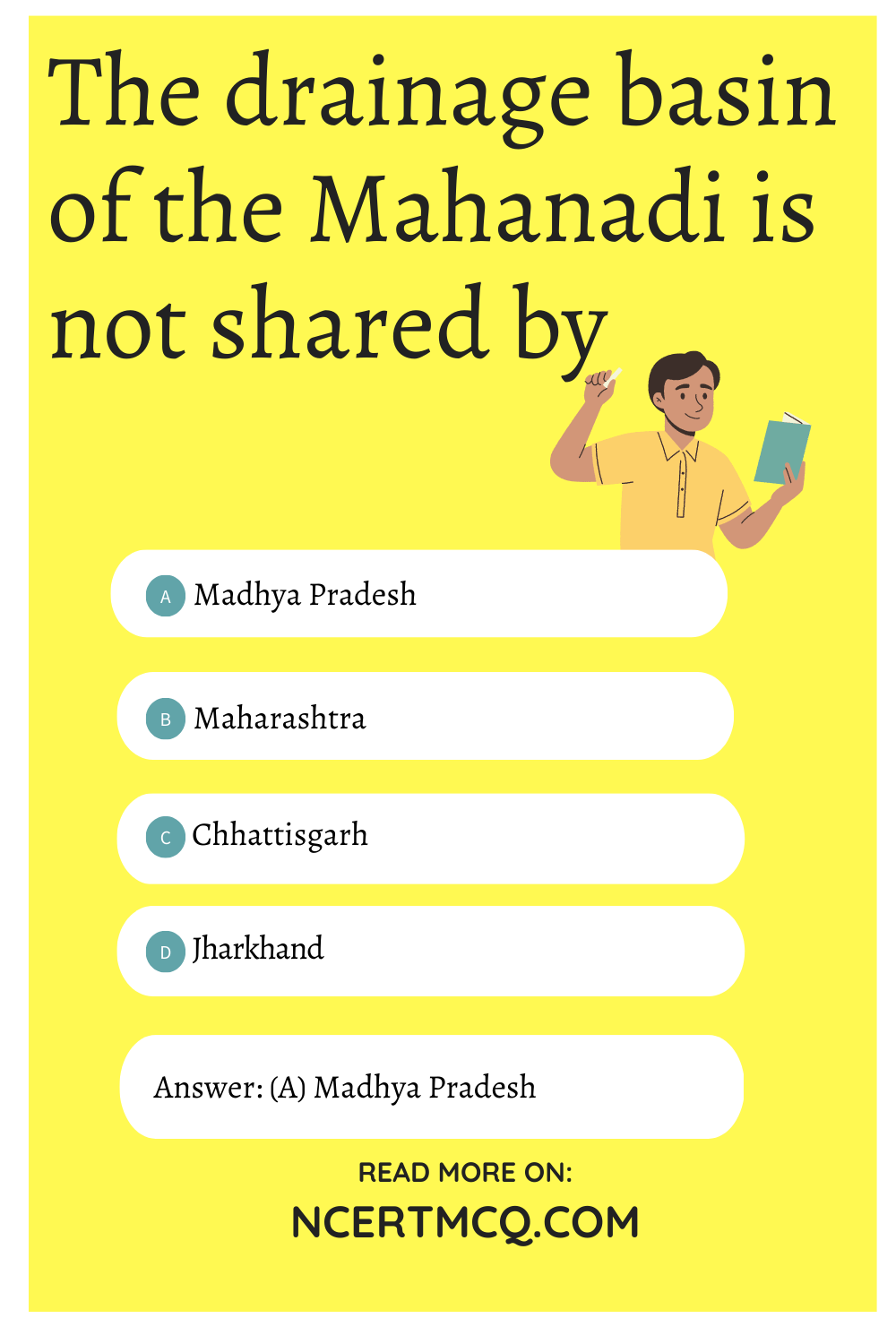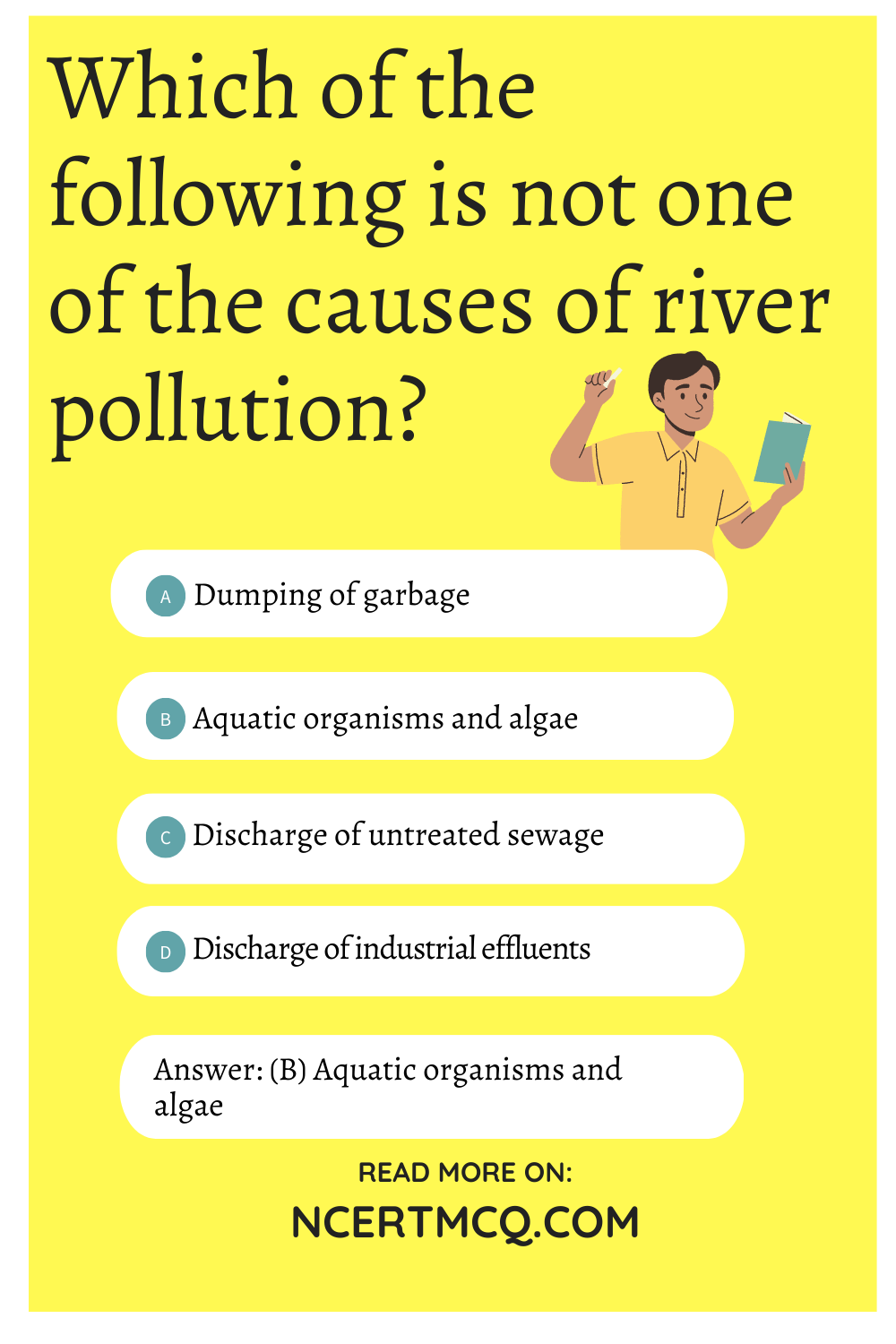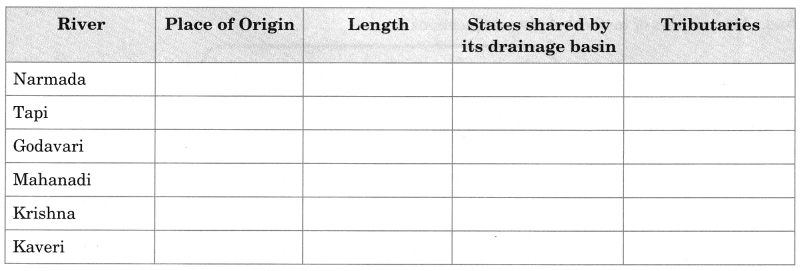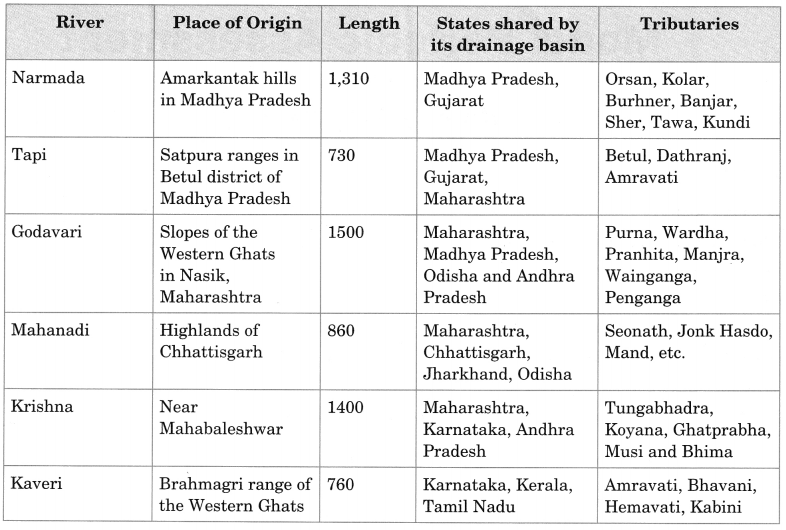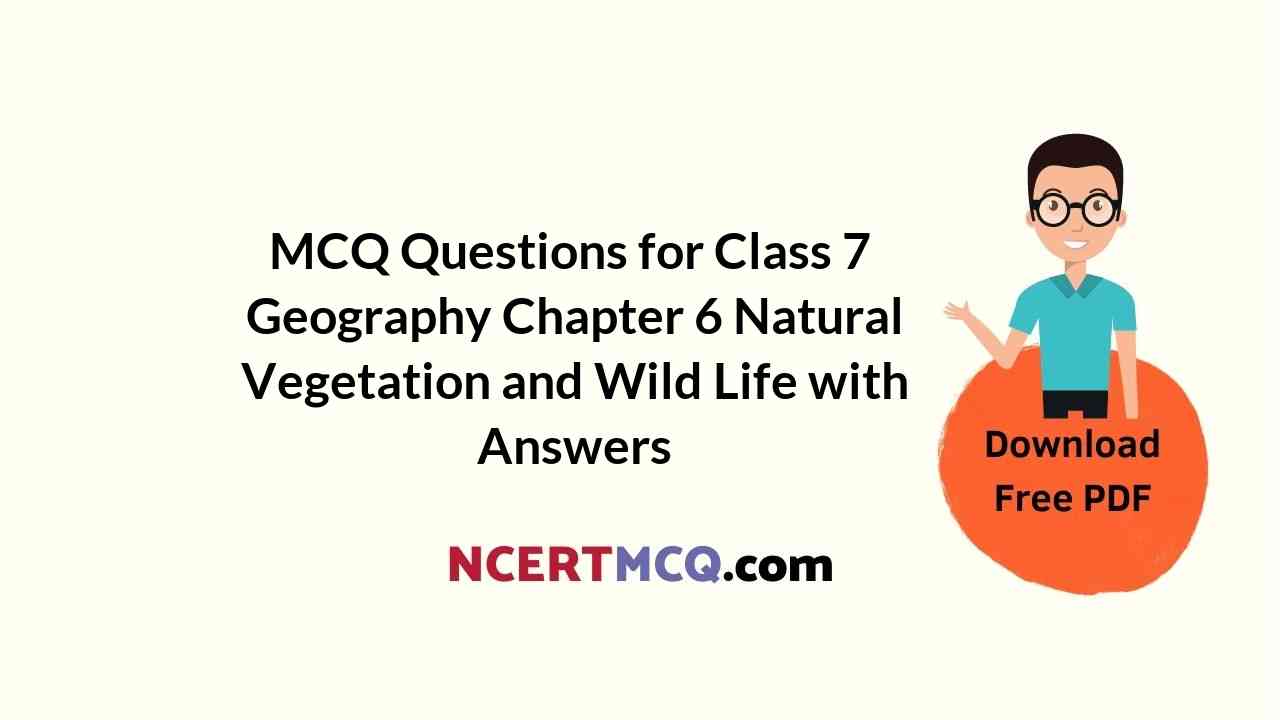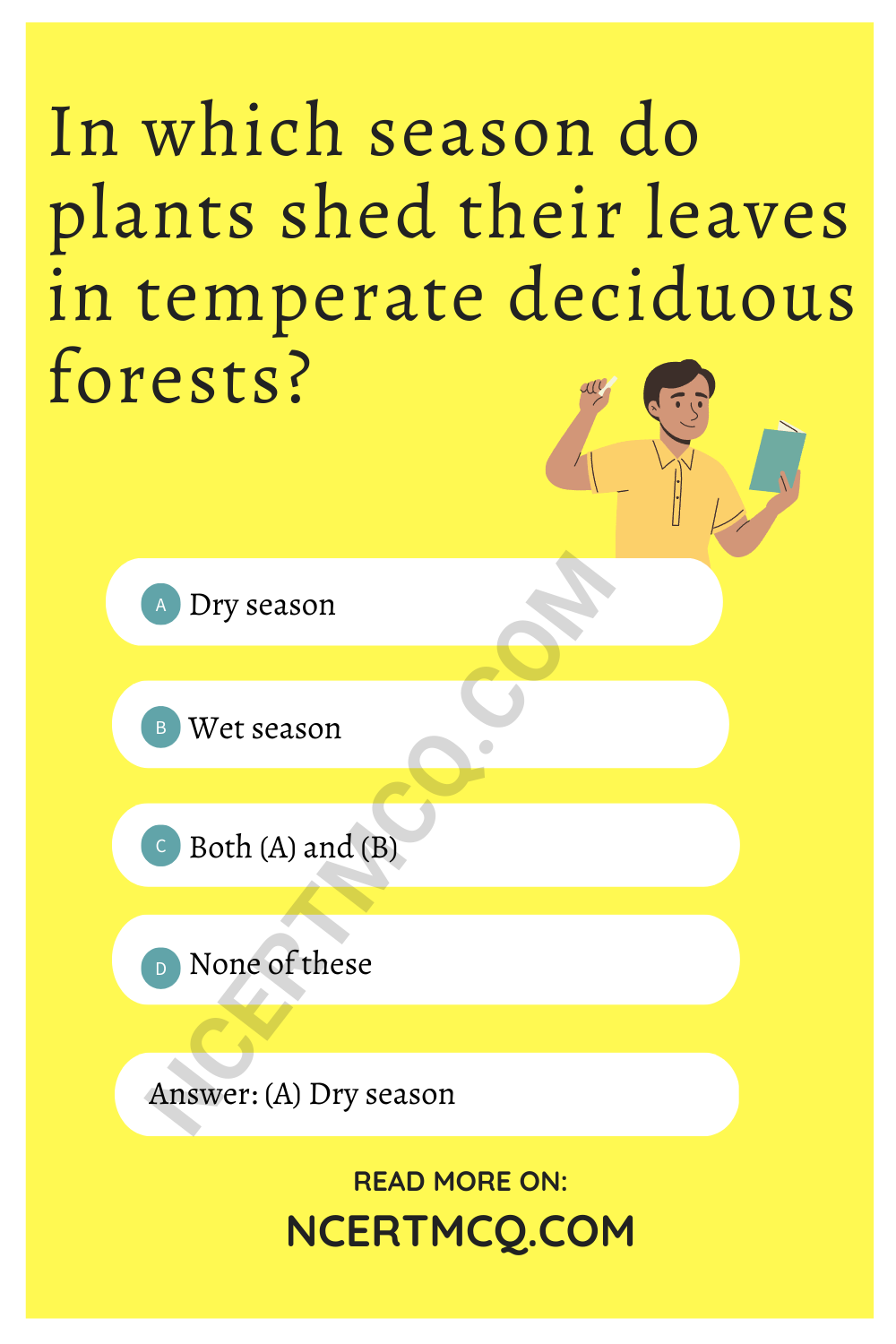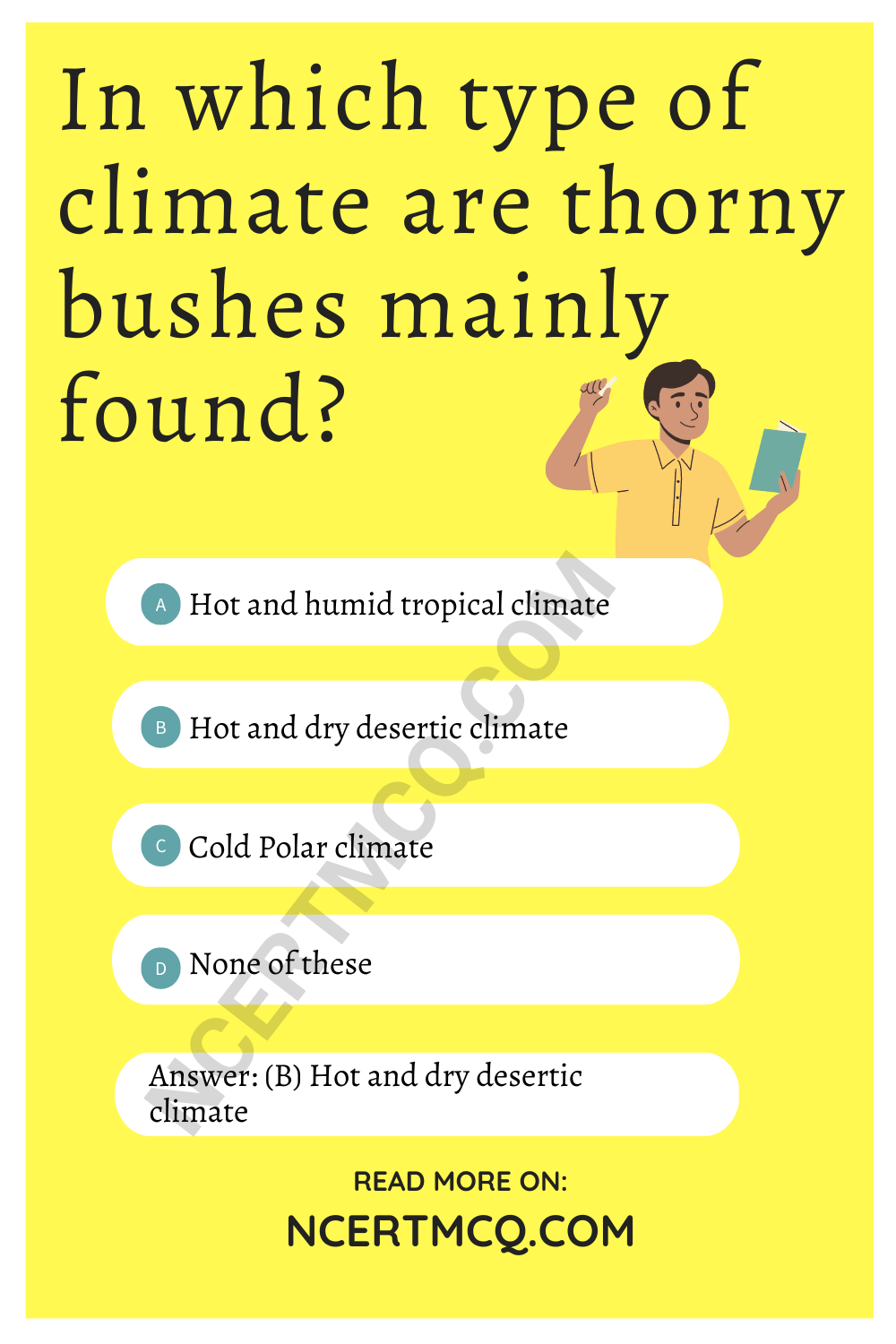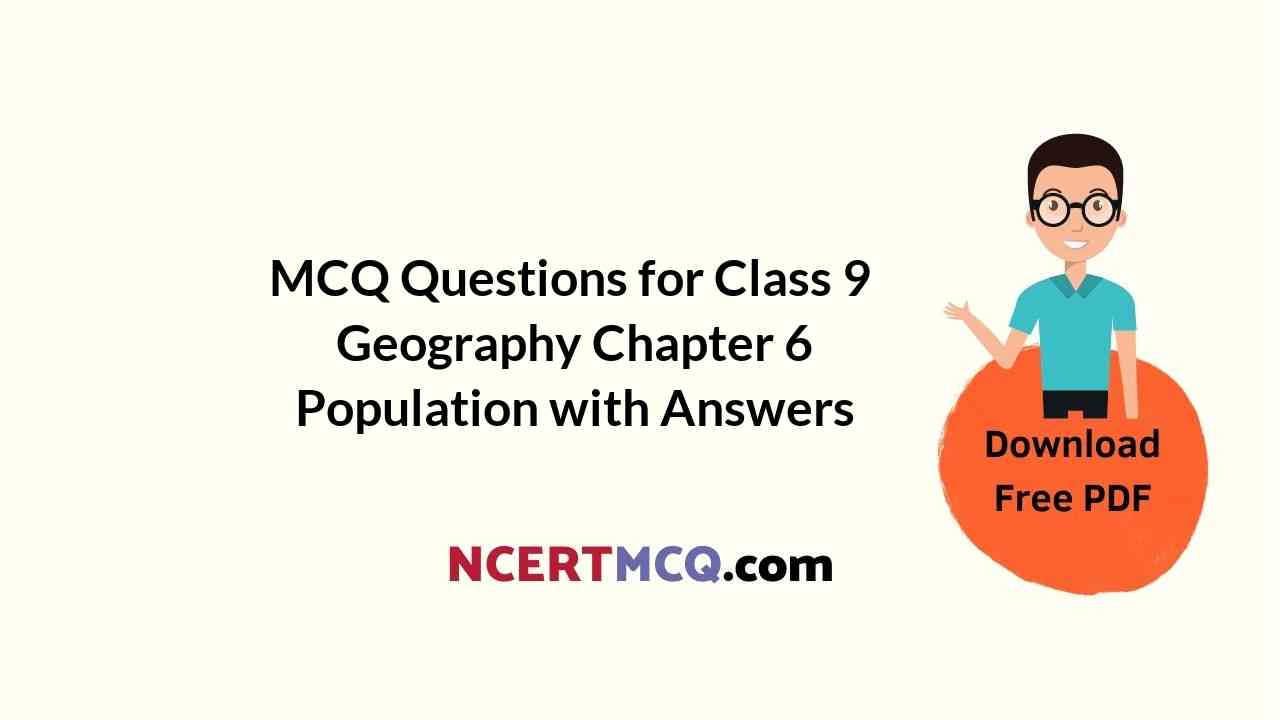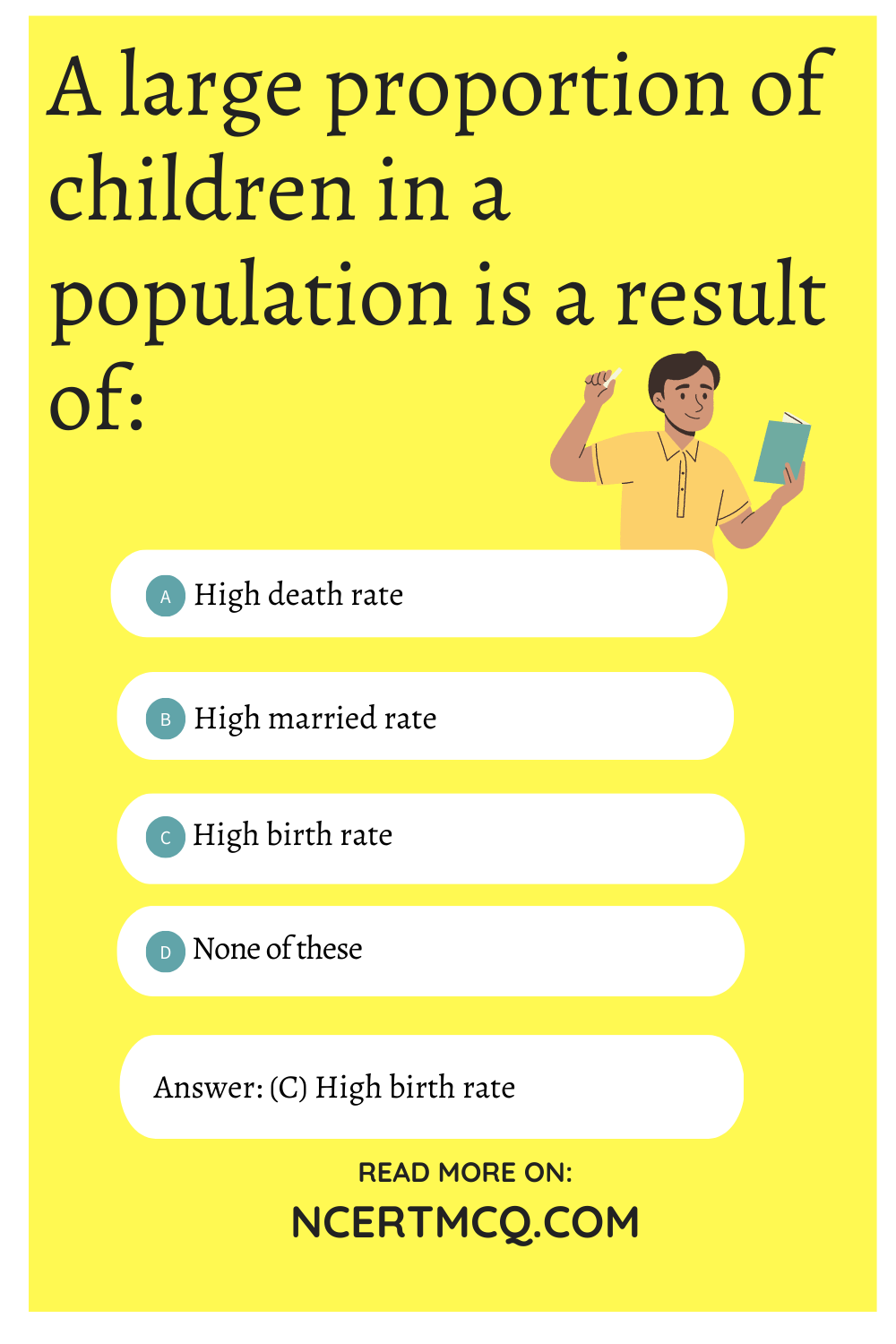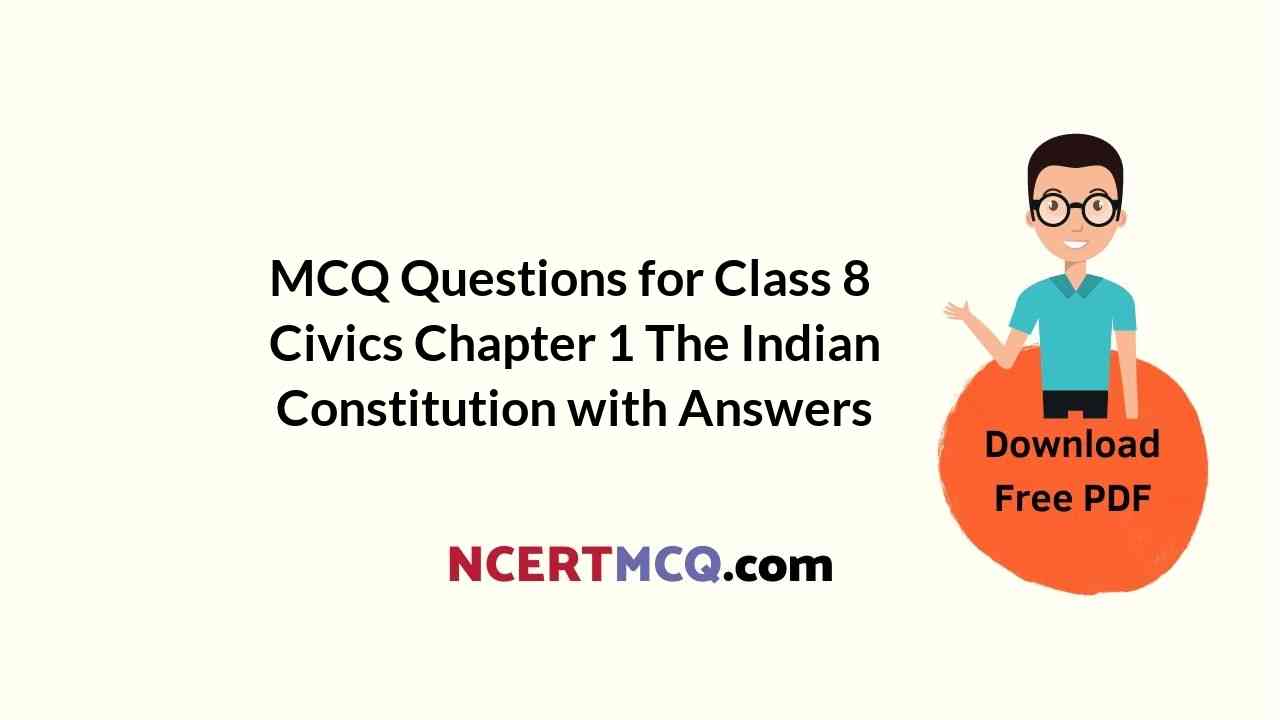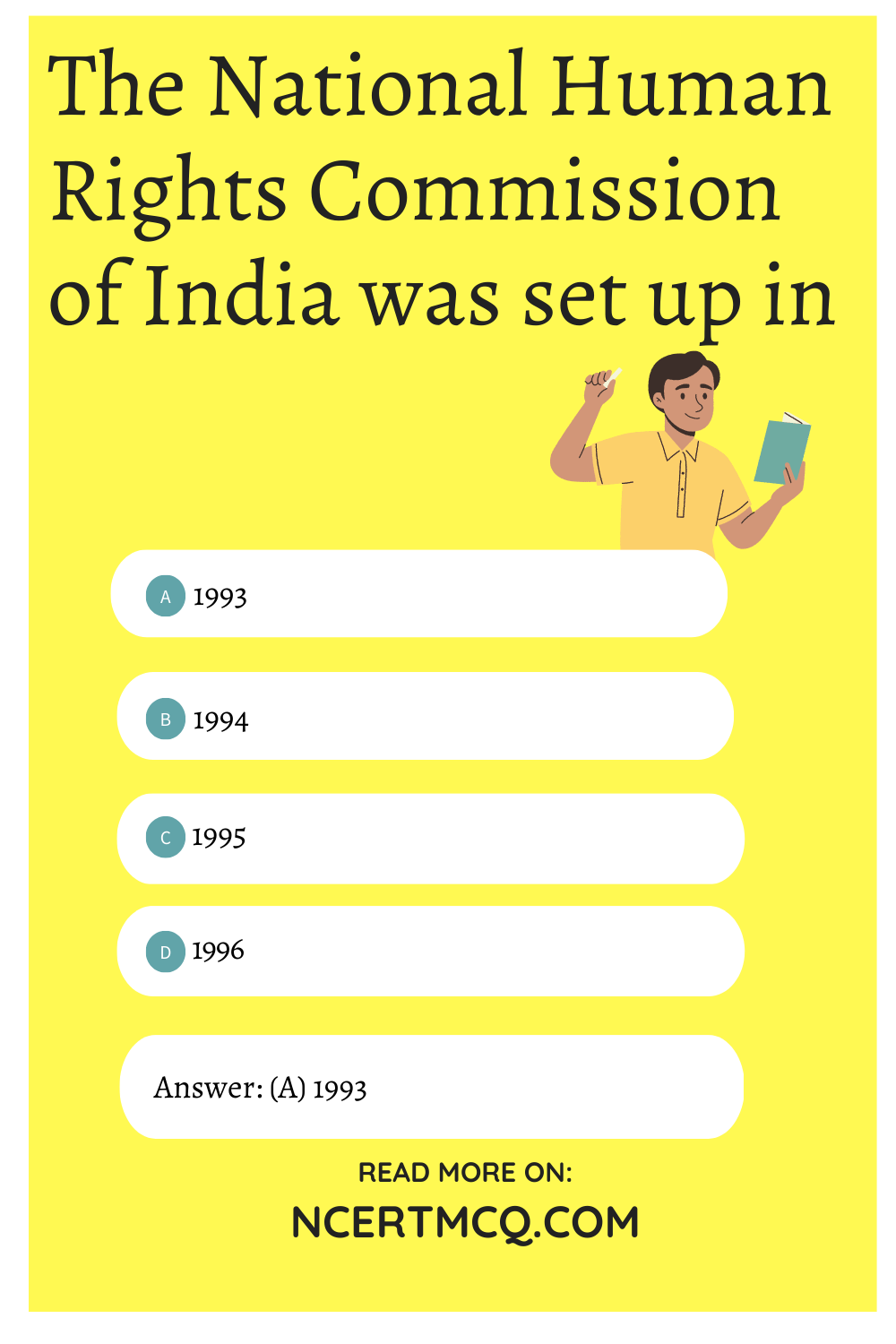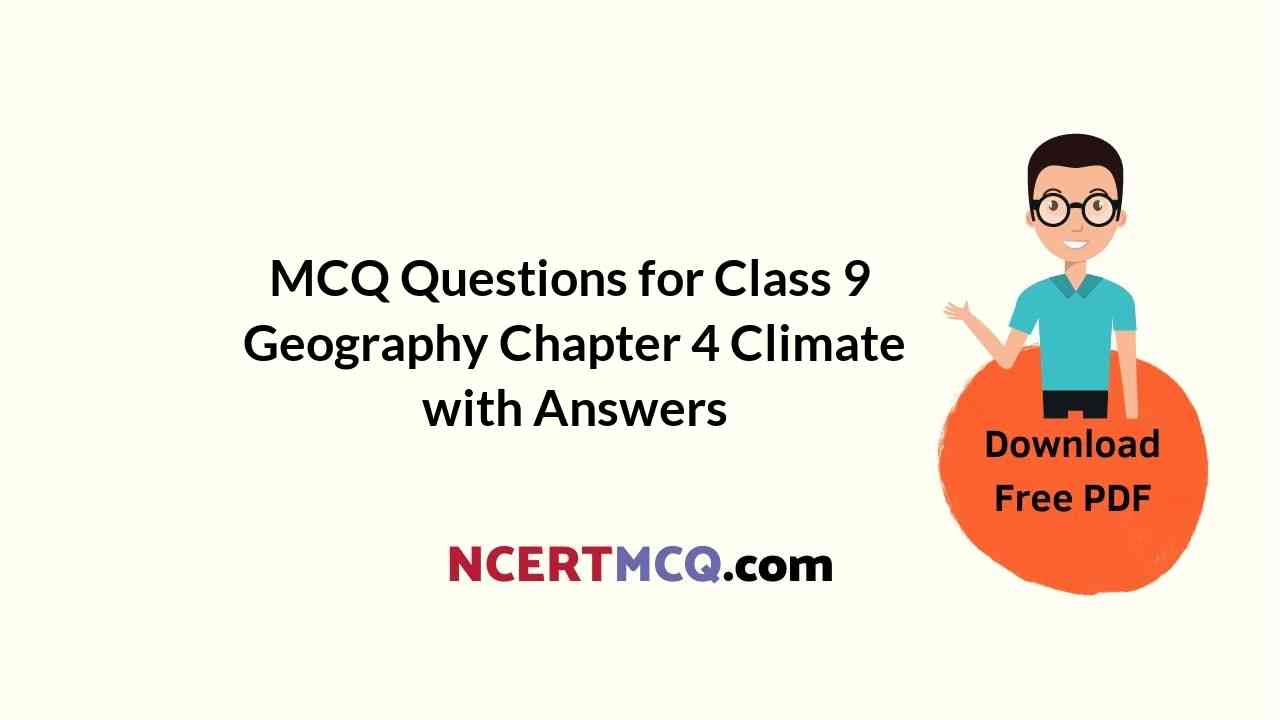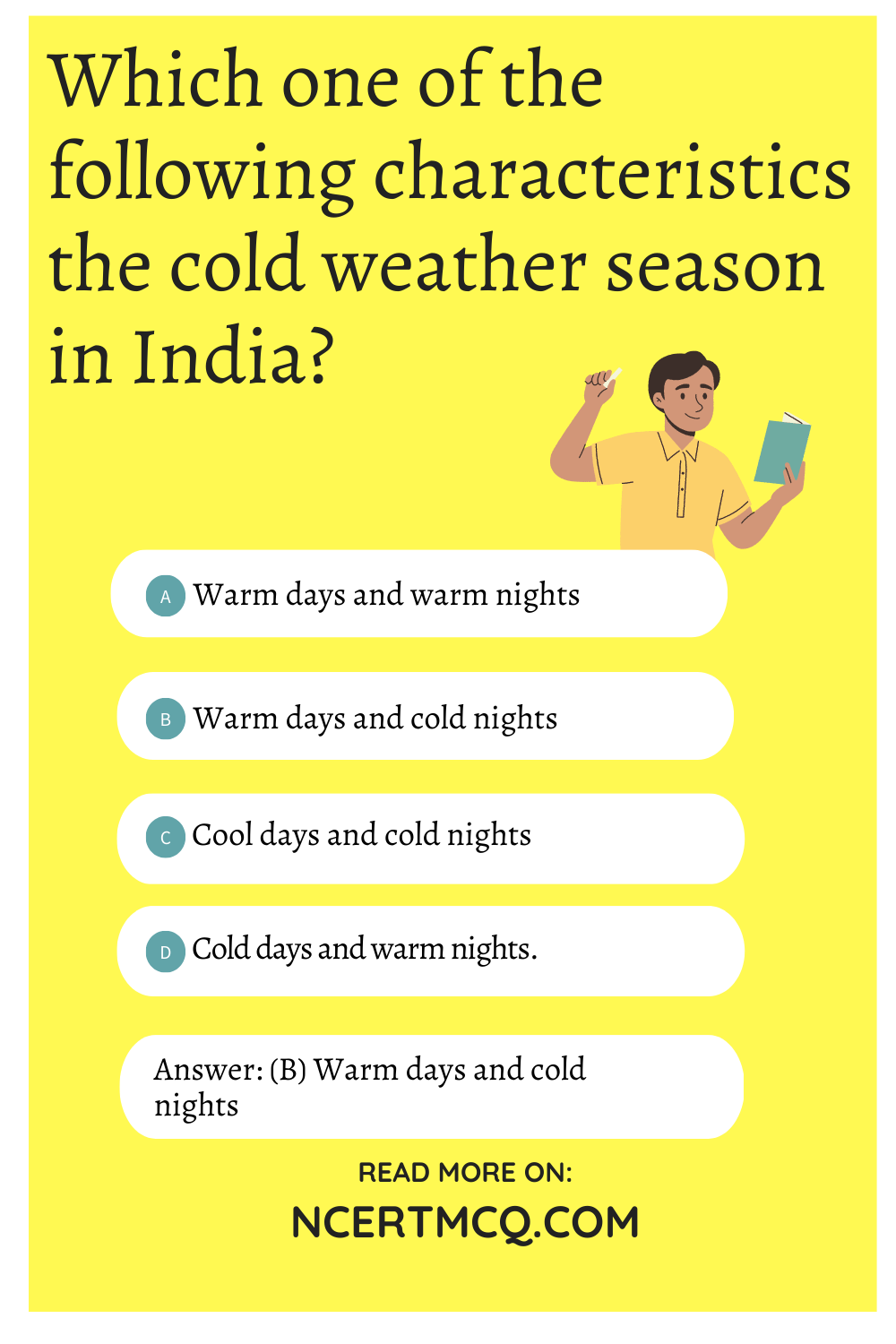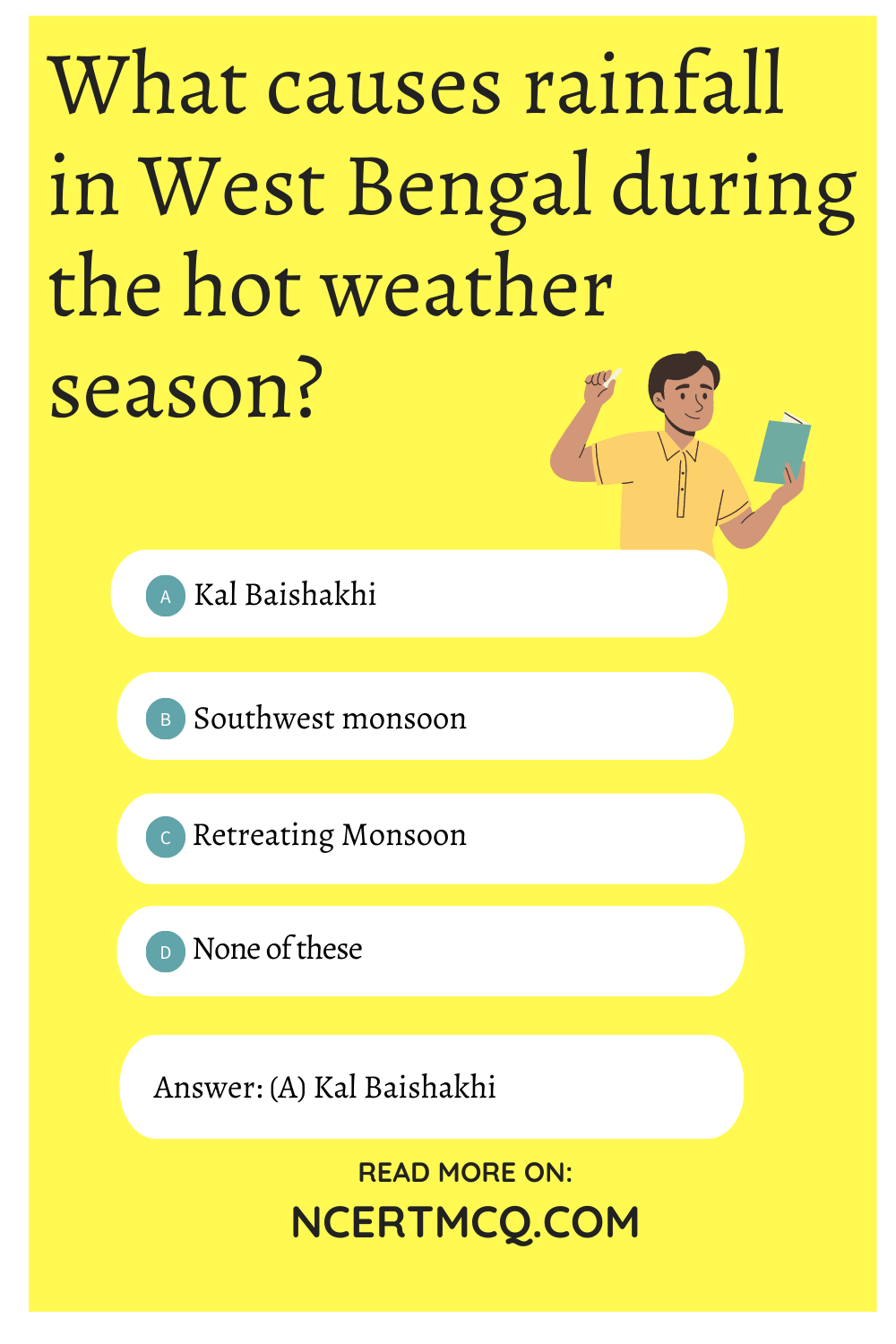Check the below Online Education NCERT MCQ Questions for Class 6 History Chapter 10 Traders, Kings and Pilgrims with Answers Pdf free download. MCQ Questions for Class 6 Social Science with Answers were prepared based on the latest exam pattern. We have Provided Traders, Kings and Pilgrims Class 6 History MCQs Questions with Answers to help students understand the concept very well.
Class 6 Social Science History Chapter 10 MCQ With Answers
History Class 6 Chapter 10 MCQs On Traders, Kings and Pilgrims
Choose the correct answer:
Traders Kings And Pilgrims Class 6 MCQ Question 1.
For what was the south India famous for?
(a) Gold
(b) Spices
(c) Stones
(d) All of these
Answer
Answer: (d) All of these
Class 6 History Chapter 10 MCQ Question 2.
Where did the Romans find Gold?
(a) South India
(b) East India
(c) West India
(d) North India
Answer
Answer: (a) South India
MCQ Questions For Class 6 History Chapter 10 Question 3.
Which river valley is the most fertile?
(a) Kaveri River Valley
(b) Yamuna River Valley
(c) Brahmaputra River Valley
(d) None of these
Answer
Answer: (a) Kaveri River Valley
Traders Kings And Pilgrims MCQ Question 4.
Who controlled the river valleys?
(a) Chiefs and kings
(b) Poor men
(c) Ordinary people
(d) None of these
Answer
Answer: (a) Chiefs and kings
Ncert Class 6 History Chapter 10 MCQ Question 5.
What does muvendar mean?
(a) Three chiefs
(b) Three kings
(c) Three groups of people
(d) None of these
Answer
Answer: (a) Three chiefs
Class 6 History Chapter 10 MCQ With Answers Question 6.
When did Cholas, Cheras and Pandyas become powerful in South India?
(a) About 1,300 years ago
(b) About 2,300 years ago
(c) About 3,300 years ago
(d)About 4,300 years ago
Answer
Answer: (b) About 2,300 years ago
Class 10 History Chapter 6 MCQ With Answers Question 7.
Who was the most powerful ruler of Satavahanas?
(a) Gautamiputra Sri Satakarni
(b) Krishna
(c) Sidhartha
(d) All of these
Answer
Answer: (a) Gautamiputra Sri Satakarni
Question 8.
Who were known as lord of dakshanipath?
(a) Chandragupta
(b) Raja Ram Mohan Rai
(c) Gautamiputra Sri Satakarni
(d) None of these
Answer
Answer: (c) Gautamiputra Sri Satakarni
Question 9.
To whom did the Chinese rulers send gifts of silk?
(a) Rulers of Iran
(b) Rulers of Iraq
(c) Rulers of Pakistan
(d) Rulers of Kajakistan
Answer
Answer: (a) Rulers of Iran
Question 10.
Which tree was shown in the sculptures?
(a) Neem
(b) Tulsi
(c) Peepal
(d) Mango
Answer
Answer: (c) Peepal
Question 11.
Where were the statues of Buddha made?
(a) Mathura and Taxila
(b) Mumbai and Goa
(c) Bihar and UP
(d) Delhi and Haryana
Answer
Answer: (a) Mathura and Taxila
Question 12.
Men and women who undertook journey to the holy places in order to offer worship are called
(a) Traders
(b) Pilgrims
(c) Buddhism
(d) Theravada
Answer
Answer: (b) Pilgrims
Question 13.
In what work did Xuan Zang spend his life?
(a) In translating manuscripts from Sanskrit to Chinese
(b) Moving here and there
(c) Sleeping
(d) All of these
Answer
Answer: (a) In translating manuscripts from Sanskrit to Chinese
Question 14.
From where did the term ‘India’ derive?
(a) River Indus
(b) River Ganga
(c) River Yamuna
(d) River Mahanadi
Answer
Answer: (a) River Indus
We hope the given NCERT MCQ Questions for Class 6 History Chapter 10 Traders, Kings and Pilgrims with Answers Pdf free download will help you. If you have any queries regarding Traders, Kings and Pilgrims CBSE Class 6 History MCQs Multiple Choice Questions with Answers, drop a comment below and we will get back to you soon.
Class 6 Social Science History MCQ:
- What, Where, How and When? Class 6 MCQ
- On The Trial of the Earliest People Class 6 MCQ
- From Gathering to Growing Food Class 6 MCQ
- In the Earliest Cities Class 6 MCQ
- What Books and Burials Tell Us Class 6 MCQ
- Kingdoms, Kings and an Early Republic Class 6 MCQ
- New Questions and Ideas Class 6 MCQ
- Ashoka, The Emperor Who Gave Up War Class 6 MCQ
- Vital Villages, Thriving Towns Class 6 MCQ
- Traders, Kings and Pilgrims Class 6 MCQ
- New Empires and Kingdoms Class 6 MCQ
- Buildings, Paintings, and Books Class 6 MCQ


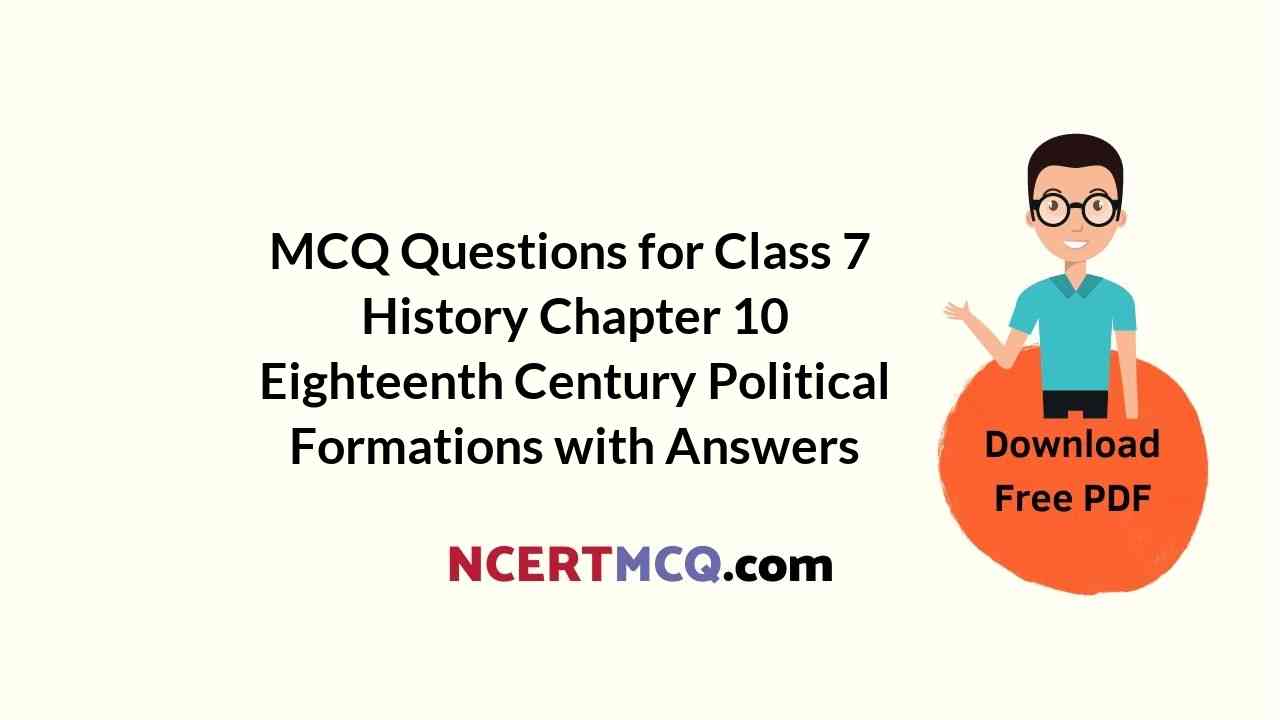
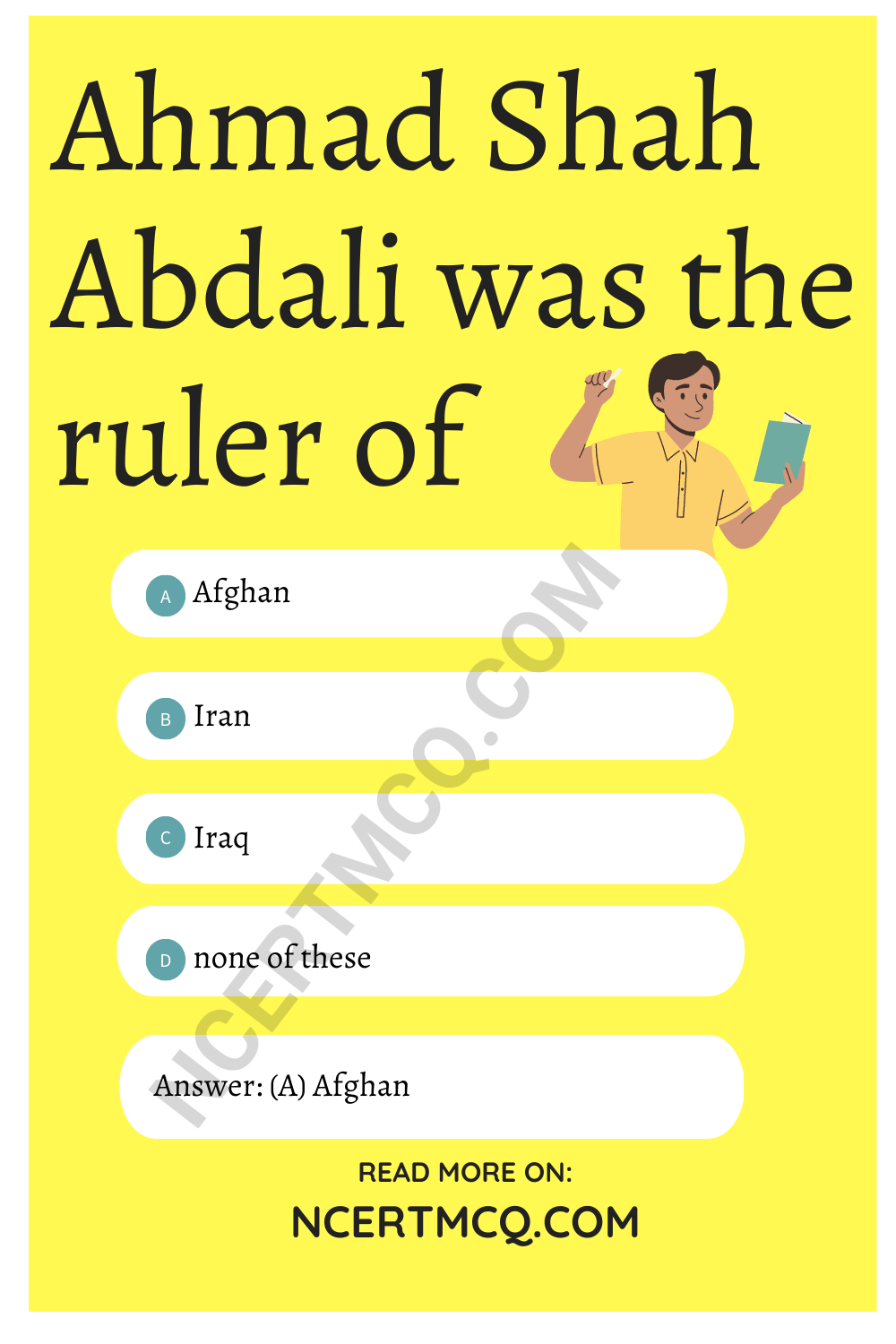
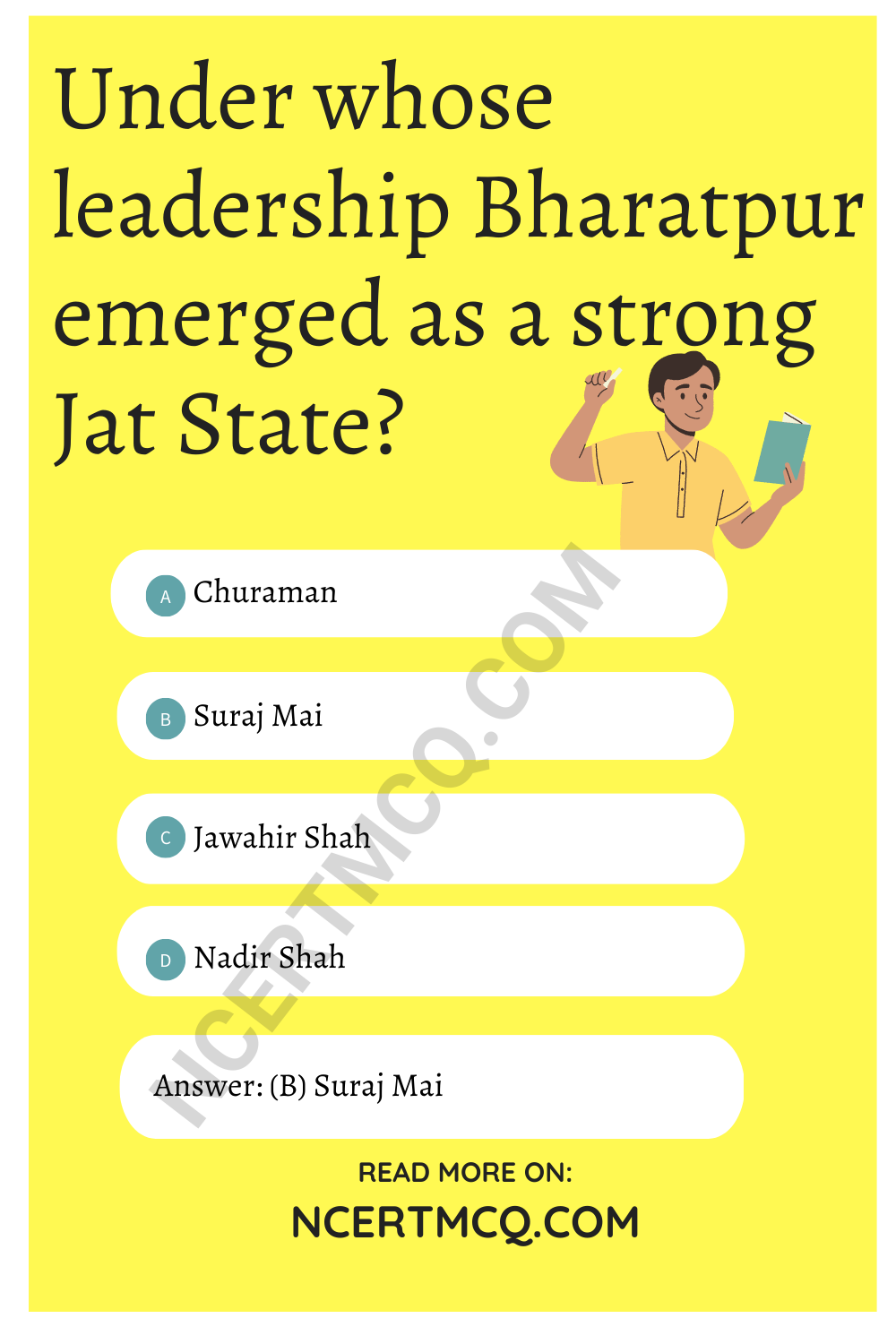 Match the contents of Column A with that of Column B:
Match the contents of Column A with that of Column B: